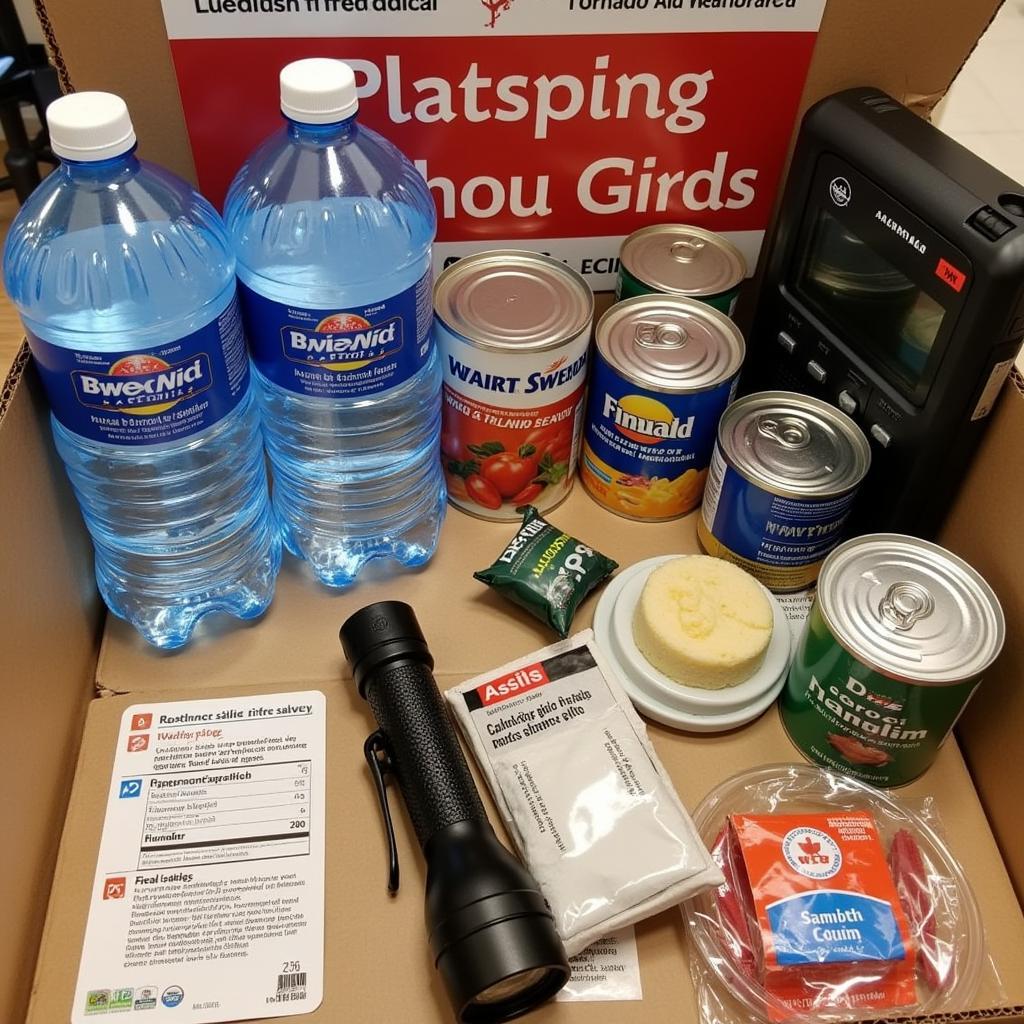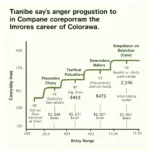Colorado does get tornadoes, although they are less frequent and often less intense than those seen in Tornado Alley. Understanding the tornado risk in Colorado is essential for residents and visitors alike. This article will explore the frequency, severity, and geographical distribution of tornadoes in Colorado, alongside safety tips and preparedness measures.
Understanding Tornado Formation in Colorado
Colorado’s unique geography plays a significant role in tornado development. The state’s eastern plains, bordering Kansas, are more susceptible to tornadoes due to their proximity to the traditional Tornado Alley. The presence of the Rocky Mountains to the west influences weather patterns, sometimes creating conditions conducive to tornado formation. These conditions often involve the clash of warm, moist air from the east with cooler, drier air descending from the mountains.
The Role of the Rocky Mountains
The Rocky Mountains act as a barrier, disrupting the typical eastward flow of severe weather systems. This barrier effect can weaken some storms, but it can also enhance others by creating wind shear, a crucial ingredient for tornado formation. Wind shear refers to the change in wind speed and direction with height, which can cause rotating air columns to develop.
Tornado Season in Colorado
Tornado season in Colorado typically peaks in late spring and early summer, from May through June. However, tornadoes can occur anytime during the year. It’s important to remain vigilant and aware of weather conditions throughout the year, especially during these peak months.
Tornado Frequency and Severity in Colorado
While Colorado experiences fewer tornadoes than states in Tornado Alley, the threat is still real. On average, Colorado experiences around 50 tornadoes per year. The majority of these are relatively weak, rated EF0 or EF1 on the Enhanced Fujita scale. However, stronger tornadoes, rated EF2 or higher, have occurred and pose a significant threat to life and property.
Notable Tornado Events in Colorado
Colorado has experienced several significant tornado outbreaks throughout its history. One of the most notable was the Windsor tornado in 2008, an EF3 tornado that caused widespread damage and one fatality. This event highlighted the destructive potential of even relatively infrequent tornadoes in the state.
Tornado Safety and Preparedness in Colorado
Knowing what to do during a tornado warning can save lives. Having a plan in place is crucial for residents and visitors.
Creating a Tornado Safety Plan
- Identify Safe Rooms: Locate the safest place in your home, preferably a basement or an interior room on the lowest level, away from windows.
- Build an Emergency Kit: Stock an emergency kit with essential supplies like water, food, first-aid kit, flashlight, and a weather radio.
- Stay Informed: Monitor weather reports and sign up for emergency alerts.
- Practice Your Plan: Conduct regular tornado drills with your family to ensure everyone knows what to do in an emergency.
During a Tornado Warning
- Take Shelter Immediately: Move to your designated safe room.
- Protect Your Head: Cover your head and neck with a blanket, pillow, or helmet.
- Stay Away from Windows: Flying debris is a significant danger during a tornado.
 Colorado Tornado Safety Kit
Colorado Tornado Safety Kit
Conclusion: Staying Safe in Tornado Season
While tornadoes in Colorado are less frequent than in some other parts of the US, they still pose a real threat. Understanding the state’s unique weather patterns, preparing a safety plan, and staying informed during tornado season are crucial for ensuring your safety. By taking these steps, you can minimize your risk and be prepared for the unexpected.
FAQ
- What is the peak tornado season in Colorado? (May-June)
- What is the average number of tornadoes in Colorado annually? (Around 50)
- What are the most common tornado strengths in Colorado? (EF0 and EF1)
- How do the Rocky Mountains influence tornado formation? (Create wind shear, disrupting typical storm paths.)
- Where can I find real-time tornado warnings? (National Weather Service website and local news)
- What should I do if I am caught outside during a tornado warning? (Seek sturdy shelter immediately; if none available, lie flat in a low-lying area.)
- What are the essential items for a tornado emergency kit? (Water, food, first-aid kit, flashlight, weather radio)
Common Tornado Scenarios and Questions
- What if I live in a mobile home? Mobile homes are particularly vulnerable to tornadoes. Identify a nearby sturdy shelter or community safe room.
- What if I am driving during a tornado warning? If possible, seek shelter in a sturdy building. If not, pull over and lie flat in a ditch or low-lying area, covering your head.
Further Resources
- National Weather Service
- Colorado Division of Homeland Security and Emergency Management
Need assistance with disaster preparedness or have further questions about tornadoes in Colorado? Contact us at Phone: 0373298888, Email: [email protected], or visit our office at 86 Cầu Giấy, Hanoi. We have a 24/7 customer support team ready to assist you.

